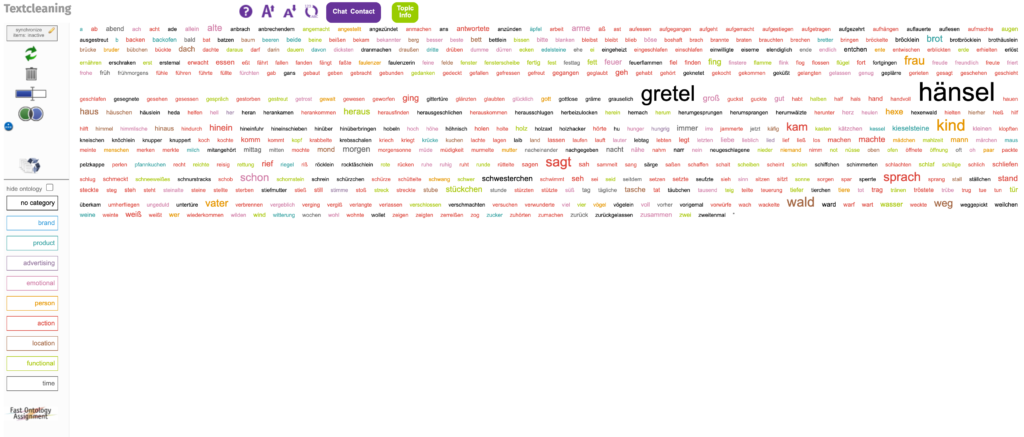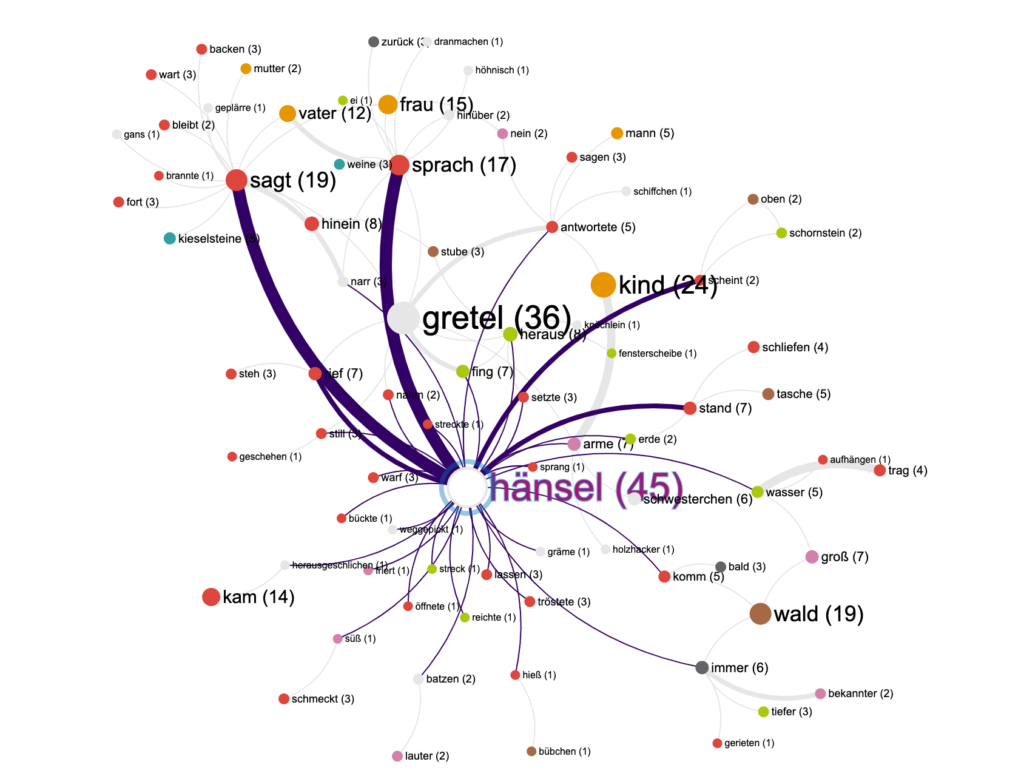Evaluating open questions, how does that actually work?Free of charge!
What?
In order to understand your customers, you cannot avoid asking them open questions.
If you want to improve, be it your own product or your own processes, you have to ask your target group what is going well or badly.
This approach is already very old and widespread.
The big disadvantage is that it generates a lot of data.
You need a lot of time to read through all the answers. To categorise and understand them.
We have tackled this problem and developed a software. It allows you to quickly extract the essence of open questions.
How?
The aim is to be able to quickly grasp the overall picture of the texts. If necessary, it is still possible to look at the corresponding original citations at any point.
So that everyone can test it, we have also created a free version, which does not contain all the functionalities, but the most important core functions.
These consist of the Text Cleaning, the Ontology Skyline, the Ontology Treemap, the Cloud Comparison and the NetworkMap.
An account can be created here without providing payment information and without cost traps.
In all example screenshots, the fairy tale Hansel and Gretel was used.
Since there is also a help function on each page that explains the corresponding views in detail, I will only briefly describe the functions here.
What is used throughout the tool is a categorisation of words into the following categories: brand, product, advertising, emotional, person, action, location, functional and time.
These are adopted from old projects on a learning basis. This means that the assignment becomes more and more precise with increasing use of the software. This means less manual processing.
Text Cleaning
- correct spelling mistakes
- Create slogans
- create synonyms by dragging and dropping
- put words on a deletion list
- Sort/re-sort words into ontology categories

Ontology Skyline
The ontology skyline is a representation of the most frequently mentioned keywords from the open texts. These are sorted into the ontology categories and you can see the original mentions for each word by clicking on it.

Treemap
The treemap is a more detailed view of the ontology skyline. Arranged in a treemap.

Content Cloud
The Content Cloud displays the most relevant keywords in a classic WordCloud.

Networkmap
The Networkmap displays the most important words in a network. The size of the nodes indicates the number of mentions and the thickness of the connection between the words indicates the strength of the connection.

You can interactively move the nodes and dive into deeper levels of the story. A slider allows you to adjust the linked depth. In the first view, it is all directly linked words. All from level 1 and then the words linked to it. Up to the 5th level.

By clicking on a word, the original mentions are displayed.
If you can get an impression with your own texts, these can be uploaded into the tool via CSV or copy/paste after registration.

If the free version has convinced you, you can view our price list here.